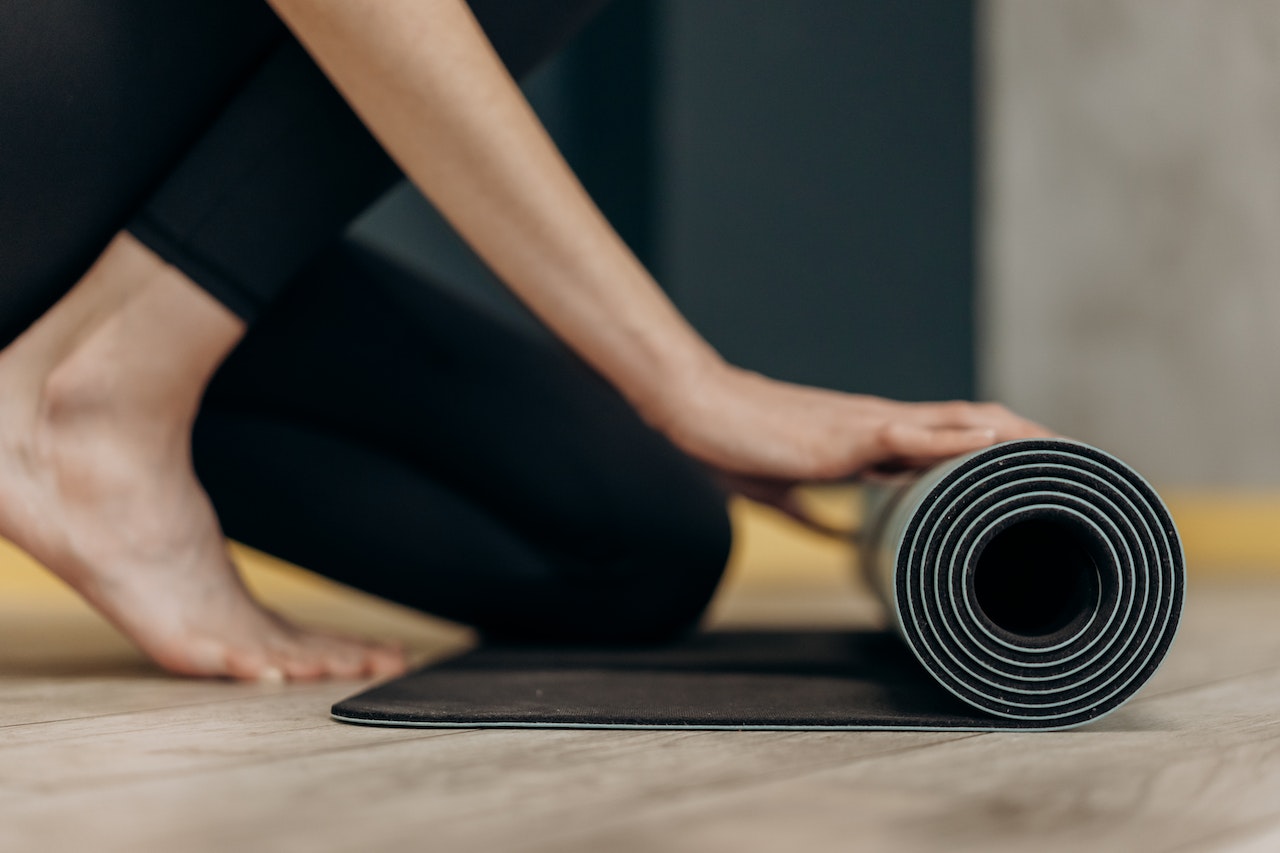Do Your Students Know You? Why You Need an Engaging Instructor Bio
1237.jpg)
When it comes to yoga and fitness classes, the instructor is just as important as the workout. An engaging and well-crafted instructor bio on your studio's website can make all the difference in attracting and retaining students. In this article, we will discuss the importance of a good instructor bio and provide tips for crafting ones that engage and connect with your audience.
| TABLE OF CONTENTS |
Why an Instructor Bio is Important
First impressions are crucial. When a potential student visits your studio or website, they will form an initial impression based on their interactions with you, your staff, and the overall atmosphere of the space. This initial impression can have a significant impact on whether or not they choose to continue with your services.
This is where an instructor bio plays a vital role. Your bio is often one of the first things potential students will see when they visit your website or social media page. It provides them with a glimpse into who you are, your qualifications, and what they can expect from you as an instructor. A well-written instructor bio can help set the tone for the student's experience with your studio.
Your bio should reflect the values and mission of your studio. It should provide potential students with a sense of what they can expect when they visit your studio, such as the type of classes you offer and your teaching style. This information can help them determine if your studio is the right fit for them.
An engaging and personable instructor bio can also help create a welcoming and friendly atmosphere. When potential students read your bio, they should feel like they are getting to know you on a personal level. This can help break down barriers and make them feel more comfortable and at ease when they visit your studio for the first time.
Personalization is crucial in the yoga and fitness industry because it helps create a connection between the instructor and the student. Fitness is a personal journey, and each student has unique needs and goals. A personalized approach helps students feel understood and supported, which can lead to increased engagement and long-term loyalty.
By showcasing your expertise and qualifications, sharing your teaching philosophy, highlighting your achievements, creating a personal connection, and providing social proof, you can demonstrate that you are a respected and accomplished instructor who is passionate about helping students achieve their goals. This can help build trust and credibility with potential students and ultimately lead to increased bookings and long-term relationships.
10 Tips for Writing an Engaging Instructor Bio (with examples)
To create an engaging and informative instructor bio, there are several tips to keep in mind.
- Start with a strong opening statement that captures the reader's attention: Your opening statement should be attention-grabbing and set the tone for the rest of your bio. This is your chance to make a strong first impression and capture the reader's interest.
Example: "As a lifelong fitness enthusiast and certified personal trainer, I am dedicated to helping my clients achieve their fitness goals and feel their best both inside and out."
- Discuss the instructor's background, education, and certifications to establish credibility: This is where you highlight your qualifications and experience. It's important to establish credibility with potential students by demonstrating your expertise in the fitness or yoga industry.
Example: "With a Bachelor's degree in Exercise Science and multiple certifications in strength and conditioning, I have over a decade of experience in the fitness industry."
- Highlight the instructor's unique teaching style and approach: This is where you differentiate yourself from other instructors by showcasing your unique teaching philosophy and approach to fitness. What sets you apart from other instructors?
Example: "I believe in taking a holistic approach to fitness that incorporates not just physical health, but also mental and emotional well-being. My classes focus on building strength and flexibility while also promoting mindfulness and self-care."
- Share personal interests and hobbies to humanize the instructor and create a more personal connection with the reader: Sharing personal interests and hobbies can help create a personal connection with potential students. It shows that you are more than just an instructor, but also a relatable human being.
Example: "When I'm not teaching fitness classes, you can find me hiking in the mountains, practicing yoga, or experimenting with healthy recipes in the kitchen."
- Provide a clear call to action, such as encouraging the reader to attend a class or follow the instructor on social media: Your bio should include a clear call to action, such as encouraging the reader to attend one of your classes or follow you on social media. This can help convert potential students into paying clients.
Example: "If you're ready to take your fitness journey to the next level, I invite you to join me for a class or follow me on social media for daily fitness inspiration and motivation."
- Use clear and concise language: Your bio should be easy to read and understand. Avoid using jargon or complex language that may confuse the reader.
Example: "My passion for fitness and dedication to helping others reach their goals is what drives me as a fitness instructor."
- Showcase accomplishments and awards: If you have received any notable accomplishments or awards, include them in your bio. This can help establish credibility and demonstrate your expertise.
Example: "I am proud to have been recognized as 'Trainer of the Year' by the International Association of Fitness Professionals in 2020."
- Use testimonials from students or colleagues: Including testimonials from others who have worked with you can provide social proof and help build trust with potential students.
Example: "My clients have praised my supportive and encouraging teaching style, with one saying 'I have never felt more motivated to push myself in my workouts than when working with [Instructor's Name]."
- Mention your availability: If you have a set schedule or availability for classes, include this information in your bio. This can help potential students plan their yoga or fitness routine and make it easier for them to attend your classes.
Example: "You can catch me teaching classes every Monday, Wednesday, and Friday morning at 9 am at [Studio Name]."
- Use a conversational tone: Your bio should be written in a conversational tone, as if you were speaking directly to the reader. This can help create a personal connection and make you more approachable as an instructor.
Example: "I love seeing my clients reach their goals and feel their best, and I am dedicated to providing a supportive and challenging environment to help them get there."
From showcasing your unique qualifications to sharing personal interests and hobbies, your bio should provide a glimpse into who you are as a fitness instructor and create a connection with potential students.
Wrapping up
An engaging instructor bio is a crucial tool for any instructor looking to build a strong online presence and attract the right clientele to their classes. By implementing the ten tips discussed in this article, you can craft a bio that sets you apart from other instructors, establishes credibility, and creates a personal connection with potential students.
And when the bio is ready, don’t forget to put it out there: share it on the studio's website. You can easily do that without any development skills using Karmasoft. We have many useful widgets that can elevate your website: instructor bios linked to interactive schedules for booking, lead capture forms, online shop, and much more.




.jpg)